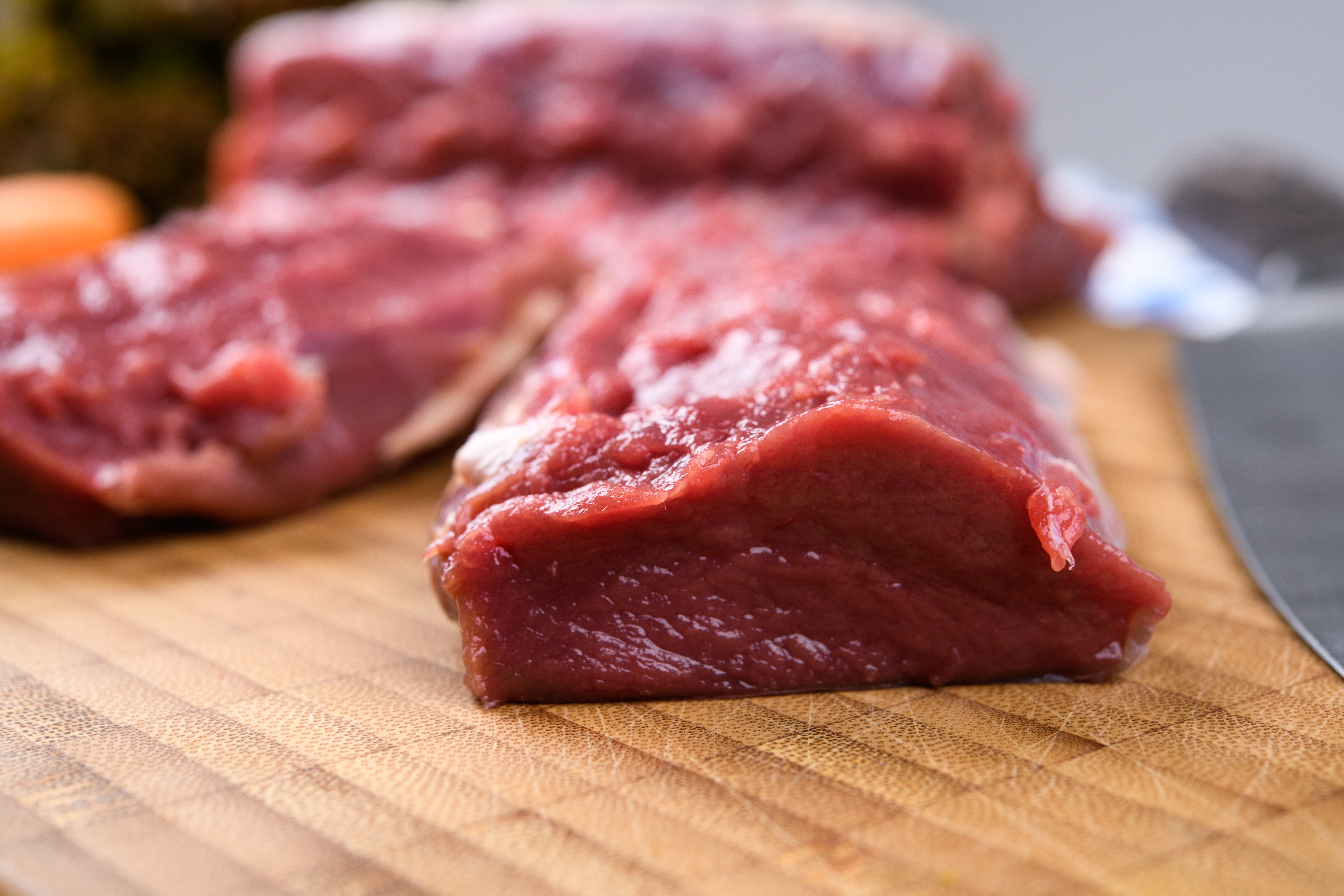While many state agencies reported a welcome bump in hunting-license sales in recent years, the so-called Covid-19 bump in hunting participation has flattened out. Hunting license sales have returned to pre-pandemic levels, according to a new report from the Council to Advance Hunting and the Shooting Sports. Overall, sales were down 3.1 percent in 2022 compared to 2021.
CAHSS began tracking hunting license sales during Covid lockdowns, when anecdotal reports indicated there were more hunters in the woods. State agency data backed that up: hunting license sales jumped by nearly 5 percent in 2020, a deviation from the decades-long decline. Here’s a glance at the last three years of overall hunting license sales in the U.S.
- From 2019 to 2020, hunting license sales increased 5 percent
- From 2020 to 2021, hunting license sales decreased 1.9 percent
- From 2021 to 2022, hunting license sales decreased 3.1 percent
This year’s survey indicates that the modest gains made during the pandemic era have mostly subsided. Just six of 46 states saw an overall increase in hunting licenses sold in 2022 when compared to 2021. CAHSS did not make public which six states saw increased license sales due to privacy agreements with state agencies; Arkansas, Colorado, Minnesota, and Montana did not provide data for this year’s report.
Still, we do know that hunting license sales were down overall in all four geographical regions: the Northeast, Southeast, Midwest, and West.
Why Are Hunting License Sales Down?
The report from CAHSS only analyzed license data provided by state agencies and did not examine potential causes of the decline or survey hunters. Still, there’s one major difference between 2020 and 2022 that could explain the return to pre-pandemic hunting license sales.
“Probably the biggest factor that we were dealing with through the pandemic was time. A lot of people started working from home,” says Swanny Evans, director of research and partnerships at CAHSS. “And we’ve seen people get back to work, we’ve seen travel pick up. We’re back in the real world, kind of, and I think time has become a constraint once again.”
While the pandemic was indisputably a tough period for many Americans, hunters were often able to embrace lockdowns. The conferences and work travel that normally filled Evans’ own schedule vanished. Suddenly he had more time to turkey hunt.
“But everybody else had a lot of time to turkey hunt, too,” says Evans. “And I could attest to that from not only the sign-ins on public land in Georgia that year but also the harvest on public land, and the anecdotal evidence of seeing people everywhere.”
There are plenty of tactics that R3 professionals (folks whose jobs revolve around recruiting, reactivating, and retaining hunters) can do to encourage hunting participation, but troubleshooting what could be the main culprit of these declining license sales isn’t one of them.
“When you start asking people about why they don’t hunt or they don’t hunt as much as they want to, time is the number one factor,” says Evans. “And it’s something that we can’t control. We can try to improve access and we can try to reduce hunting regulation complexity. We can try to make sure that more opportunity is there, that [would-be hunters] have the knowledge to hunt—whatever it is. But we can’t give people more of their own time.”
Another factor could be a more stable supply chain. Surveys and anecdotal evidence revealed that nearly half of “Covid-bump hunters” were motivated to secure their own meat at a time when it was difficult to find in grocery stores.

“For the overwhelming majority of hunters, one of the primary reasons that they hunt is for the food,” says Evans. “During the pandemic, people kind of saw that as an opportunity. ‘If we’re gonna have supply chain issues, I want to be self sufficient. Maybe I should give this a try, or maybe I should get back into it.’”
Yes, Nonresident Hunting License Sales Are Declining, Too
While nonresident hunting license sales were up nearly 13 percent in 2021 compared to 2020, they’ve mostly declined in 2022 with an overall drop of 3.1 percent. (Coincidentally, overall resident sales also dropped by 3.1 percent.)
Three out of four U.S. regions saw declines in nonresident licenses last year, with the West leading the pack at a 7.2 percent decrease from 2021, followed by a 2 percent decrease in the Southeast and a 1.5 percent decrease in the Midwest. Only the Northeast experienced a modest increase of 1.4 percent.
The surge in 2021 nonresident licenses tracks with national trends at the time, when many states had relaxed Covid-related travel restrictions, but plenty of would-be hunters hadn’t yet returned to their places of work.
CAHSS is working to collect additional data about hunting license sales to better understand hunter participation, including digging into common complaints about overcrowding on public lands and excess hunting pressure. Investigating these trends is tough work considering it requires wrangling 50 state government agencies, all of which sell hunting licenses slightly differently.
“It’s important to keep in mind that unfortunately we don’t have any perfect data sources when it comes to counting hunters,” says Evans. “A license sale doesn’t necessarily equal a participant for a variety of reasons. And then when we start looking at resident versus nonresidents, well, how many people are hunting numerous states each year? So looking at these overall license sales, we’re going to see fluctuations. We try to track them as best we can and we use that as an indicator of participation. But it’s not exactly a hard metric for what’s going on with hunting participation.”
